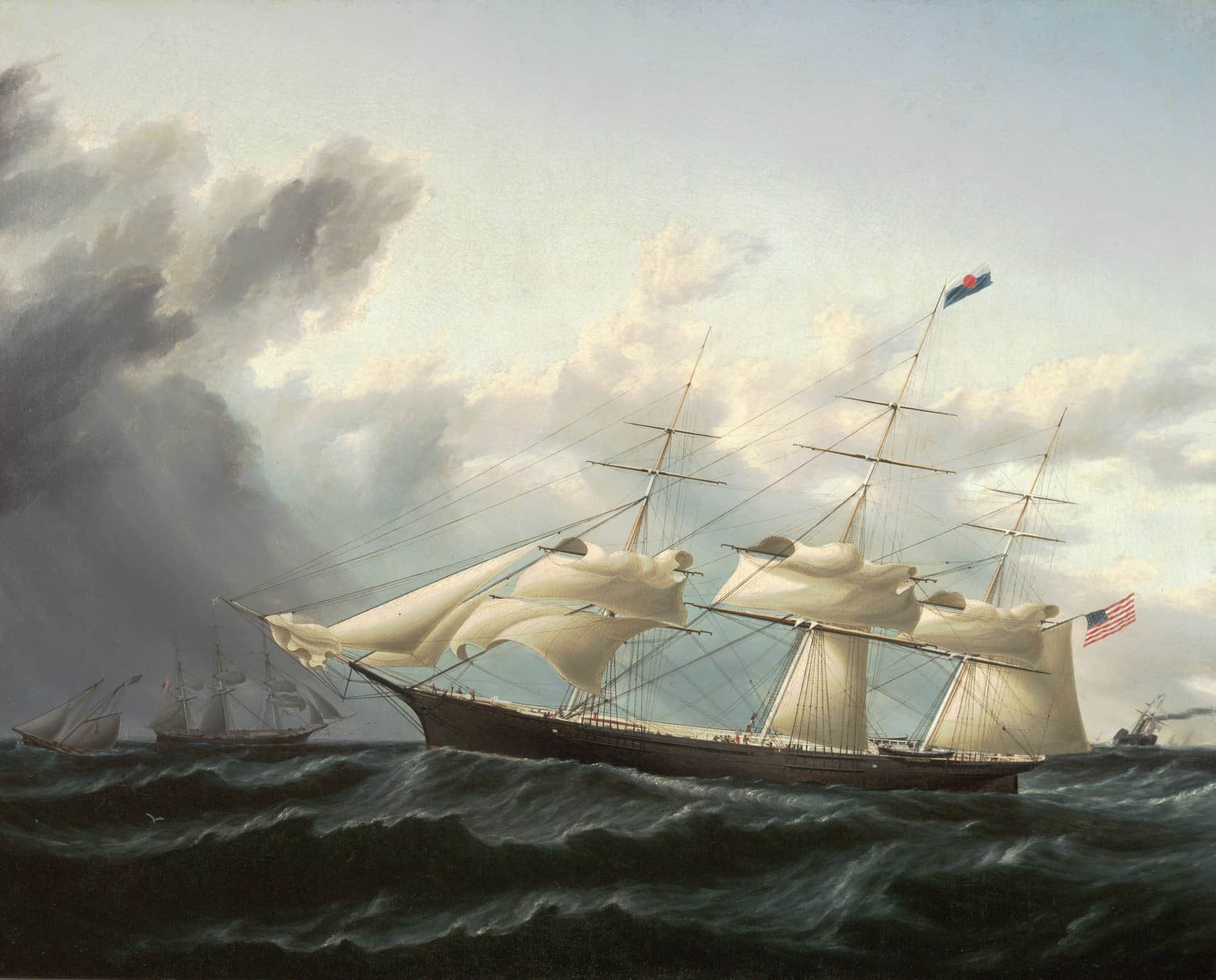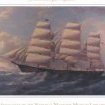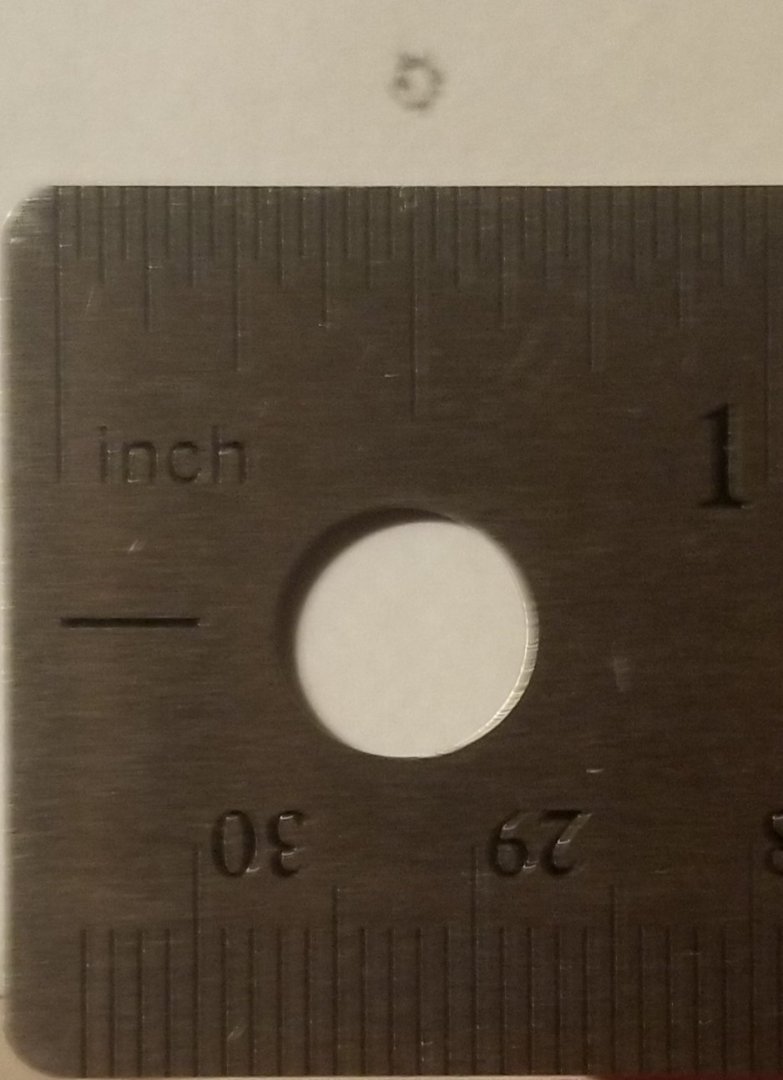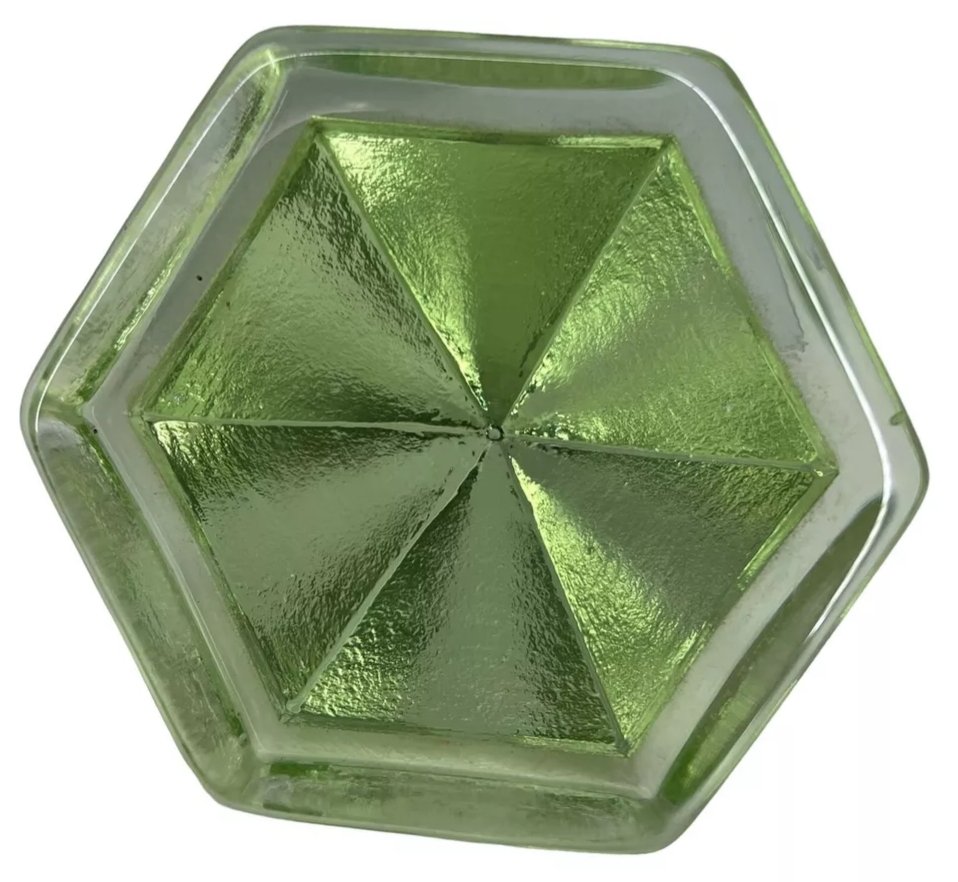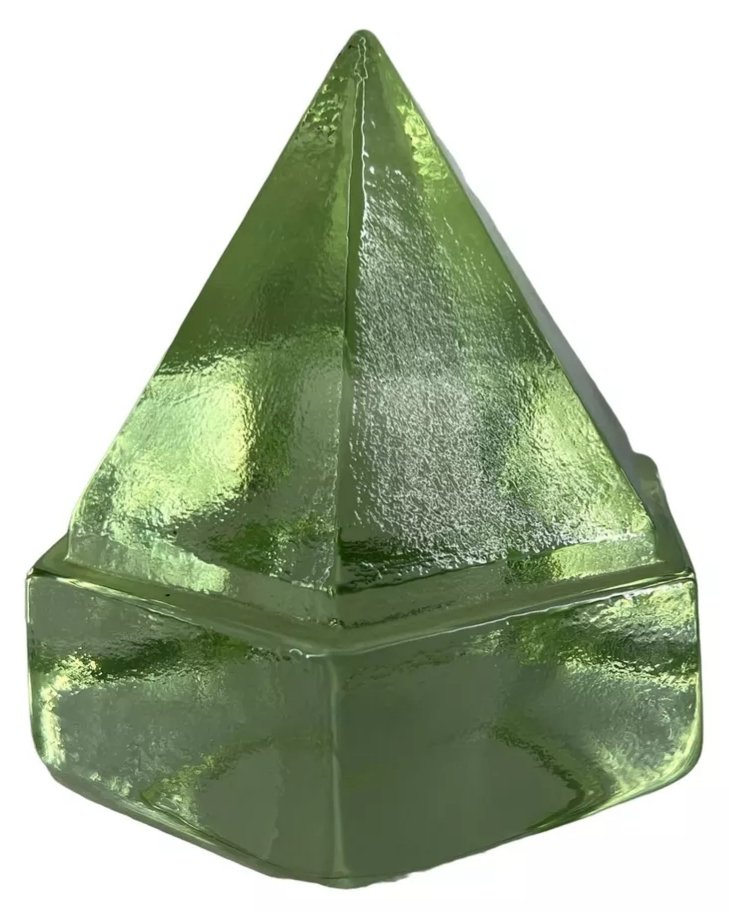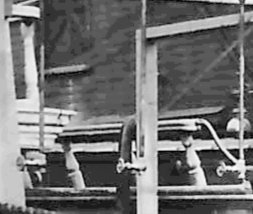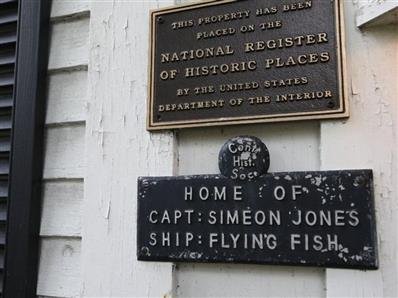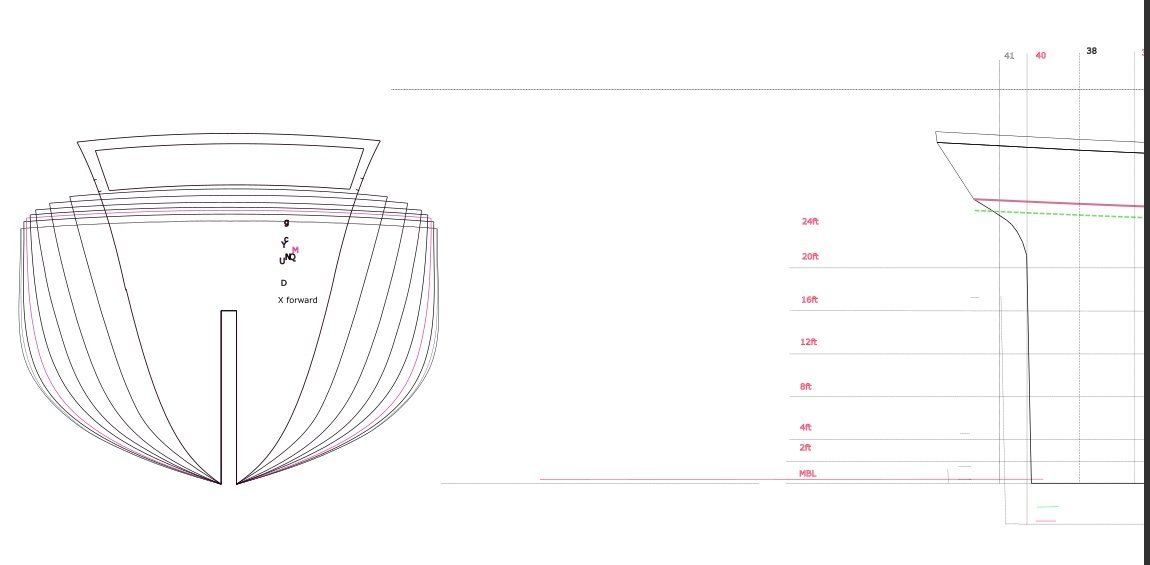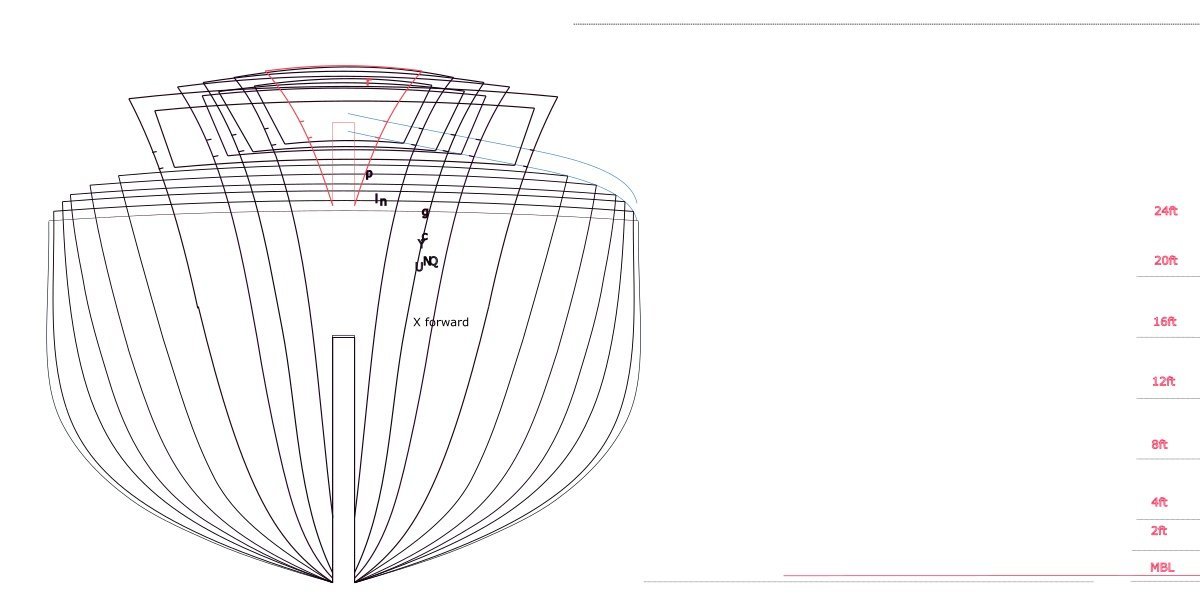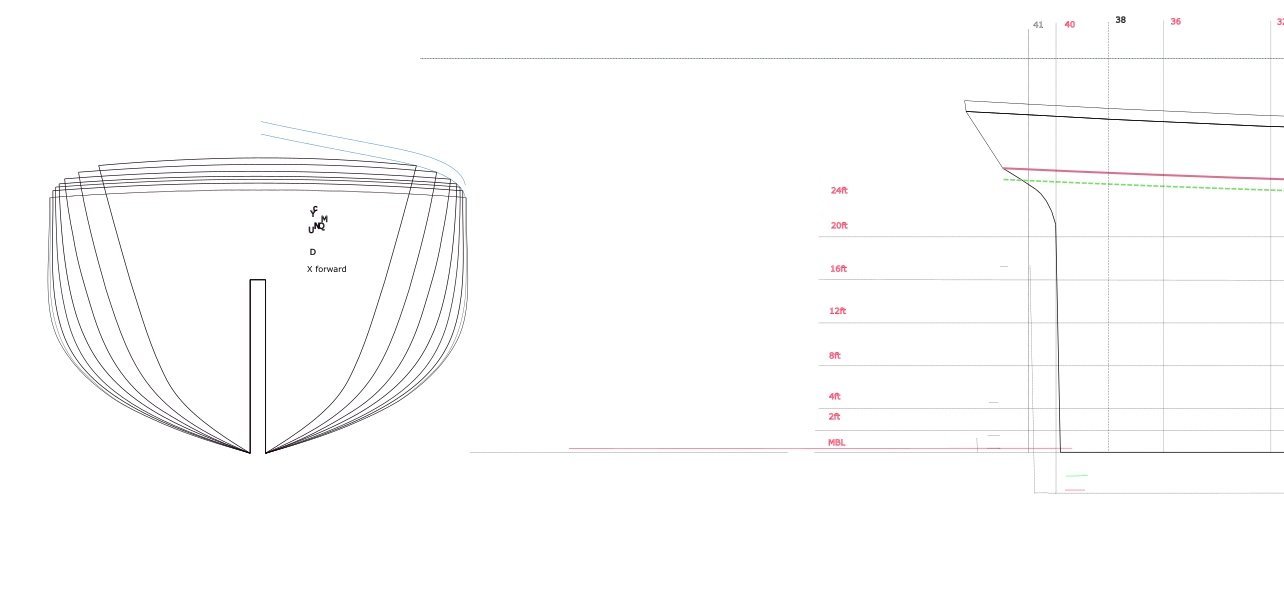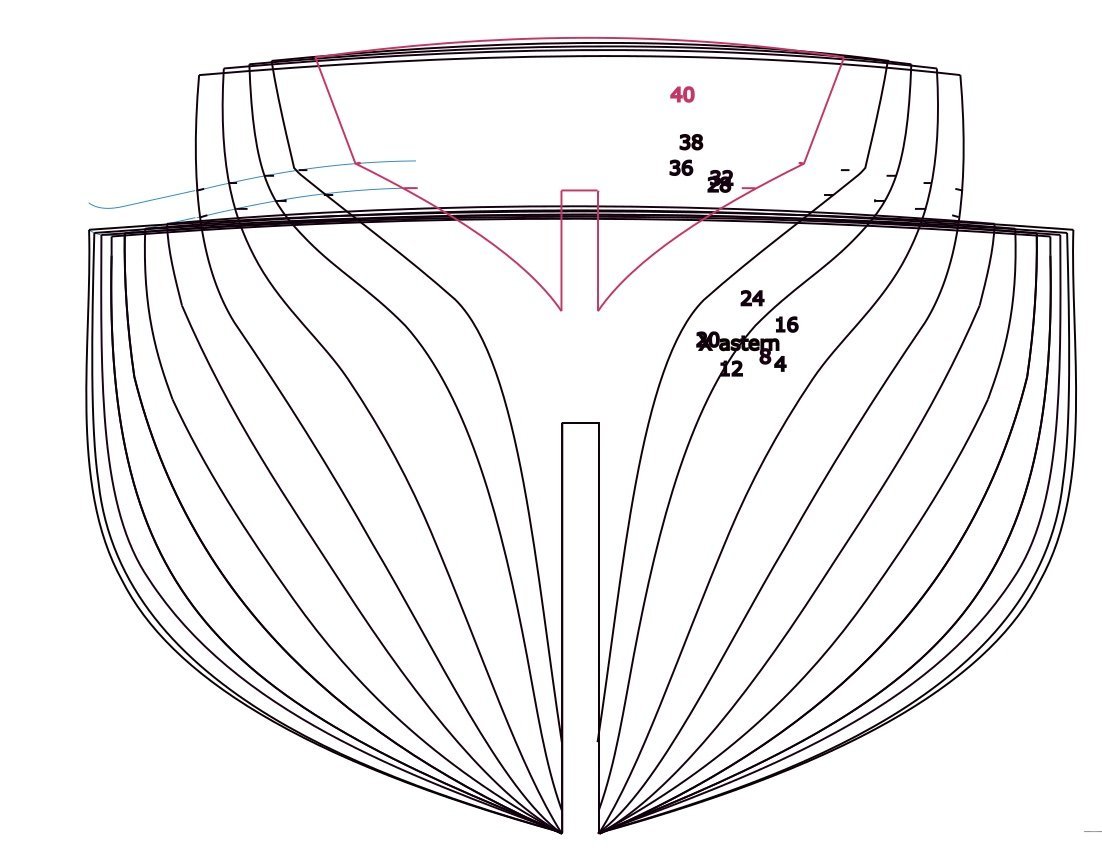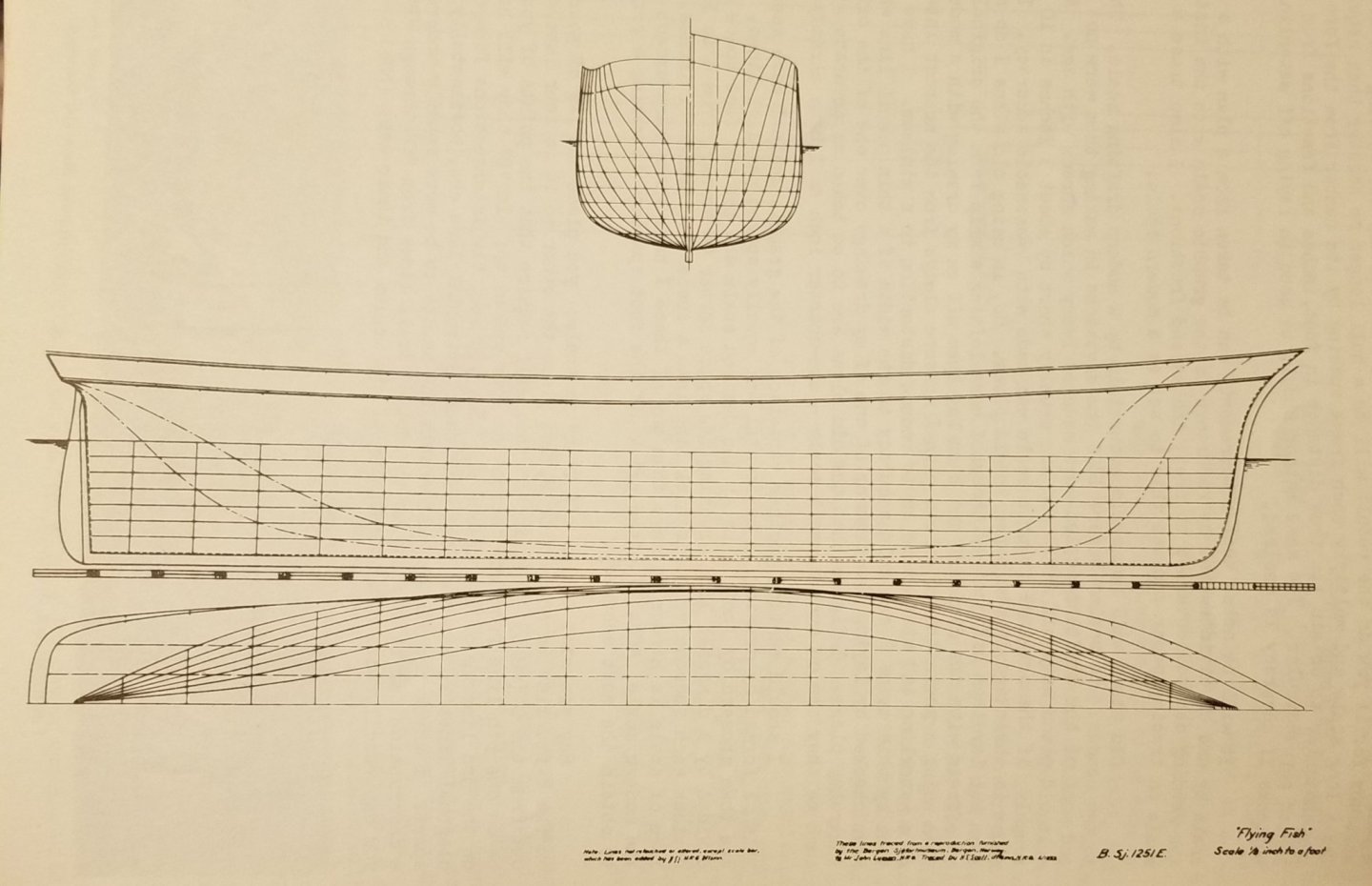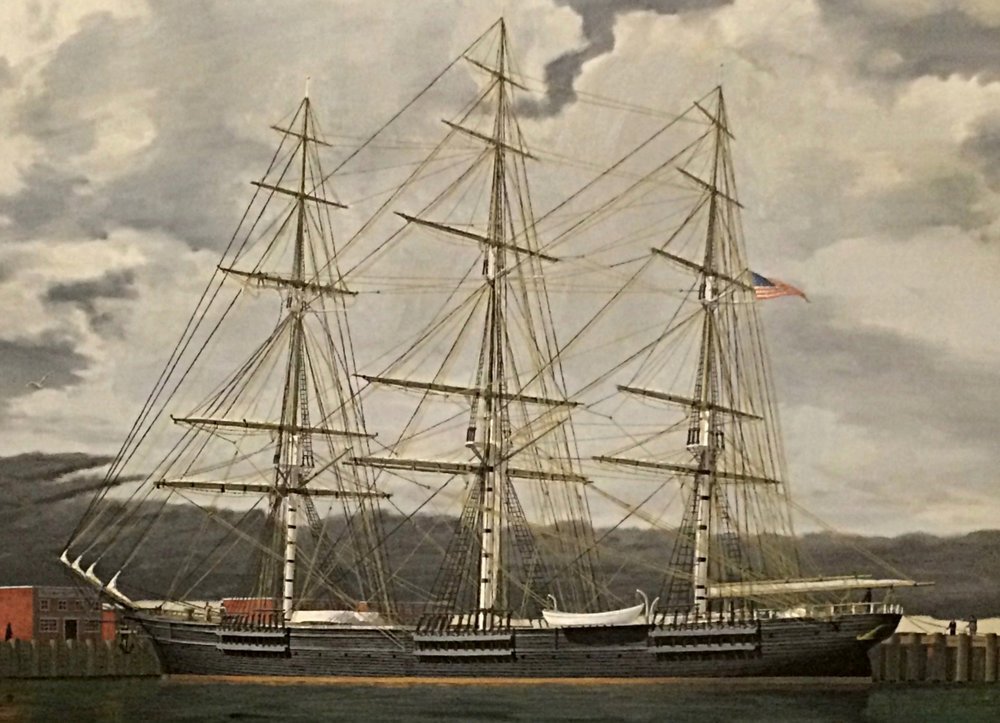-
Posts
2,167 -
Joined
-
Last visited
Content Type
Profiles
Forums
Gallery
Events
Everything posted by ClipperFan
-
Rob, "The New Clipper Packet Ship Staffordshire" Boston Daily Atlas July 21, 1851 excerpt: "In addition to those already noticed, she has four bitts, ranged along the deck abaft the main rigging, on each side, and lever winches on each side abaft the fore and main rigging." I reviewed Stag Hound, Flying Cloud, Flying Fish and Mastiff before finding this first mention of lever winches in the highly detailed description of Staffordshire. Perhaps, it's because of the unusual nature of this vessel being modified from two to three decks while on the stocks. I tend to agree with Michael Mjelde. McLean is more attentive to construction details than ornamentation. Chances are if Stag Hound had been equipped with lever winches, I believe he would have mentioned it.
-
Rob, Then Chappelle's plans have that item backwards. Both fore and main winches are illustrated as being positioned directly above the large knees. So, from your reference, are you saying that, opposite to Michael Mjelde's conclusion that hand winches were most likely not installed, you believe they were? I'm going to review other Boston Daily Atlas articles to see if Duncan McLean made mention of such labor assisting devices on later ships. I'll let you know what I find out.
-
Rob, This question of winches mounted or not, sounds like a perfect topic to discuss with our author friend Michael Mjelde. If anyone would be most confident in such details, it has got to be him. After all, just like those pesky iron bollards, you wouldn't want to introduce something anachronistic on your replica.
-
@rwiederrich @Vladimir_Wairoa @Luis Felipe Rob and I discussed deck lights described as being installed on Stag Hound. Actually, besides on the poop deck, these nautical ceiling prisms were also installed on the roof of the long house abaft the foremast. Whether you want to model these or not is up to you. They're not exactly huge. This authentic 1900s deck prism off a sailing ship is 4.5" wide x 4.75 deep. They're 6-sided (hexagonal). I would imagine besides being flush mounted they would probably have had some sort to round wooden moulding surrounding them. I also believe to provide maximum lighting, these little lights would have been centrally mounted for each individual apartment. Of course for the captain's 12' × 18' fore state-room, there could have been more than one, two maybe three.
-
Rob, I think what's led to this confusion is Duncan McLean's use of terms like "exceedingly plain" and "lacking head boards or trailboards." Such terms, whether intentional or not has most likely led maritime researchers to conclude the absolute plainness of McKay's bows. Who knows how things would have turned out for us if we had no bow pictures for Glory of the Seas? Then again, what did other researchers make of the terms "navel hood" and "cutwater?" Still, it baffles me how for literally 170 years, McKay's uniquely rugged prow treatment has remained a secret. Actually hiding in plain sight.... It's one of the revalations I cover in my second article, referring to our in-depth research into Glory of the Seas. She has proven to be the absolute "Rosetta Sone" of McKay's magnificent clippers.
-
Rob, I never realized that Mr. Crothers was so active into his 100s. That's true passion for his subject matter. I need to get a bibliography of his works. Right now, I just have two. It's also just plain stunning that with his meticulously detailed investigation of all facets of ship building construction, that he completely missed what we now call McKay's "secret" navel hood, cutwater bow. It floors me that everybody up until us never recognized that unique feature. And yet, as we now see, it's been there right from the beginning...with Stag Hound.
-
Rob, I didn't mean to make your life more difficult when I gave you those dimensions. Here's actual outer stubbier turned stanchions from an enlarged Glory of the Seas detail. I now wonder if the kind of out of place iron railing ending might have been originally encased in wood at some point. The other photos are of actual turned rail stanchions taken off the McKay clipper Flying Fish by her captain Simeon Jones. He has his Home, still intact, in Barnstable, Cape Cod, Mass. By their slender build and height, they must have at one time been mounted to her coach house. It strikes me that they're too tall to have surrounded the poop deck. These might have been similar to ones on Stag Hound as Flying Fish was launched just a couple years later. They're closer together than Glory of the Seas which launched 17 to 19 years after these two clippers.
-
Rob, What I wonder about is why Bill Crothers didn't make use of the existing authentic 1850 builder's model by Cornelius McKay. Do you think it's possible that he wasn't aware of it since it can only be found in the 1928 publication "Some Famous Sailing Ships and Their Builder Donald McKay" by his relative Richard McKay? It's hard to imagine that he wouldn't have known about this encyclopedic book about all of McKay's ships but I suppose it's possible.
-
Rob, While working on fore and aft portico profiles, it occurred to me that my arches are more pronounced than those Michael Mjelde did for the Glory of the Seas coach house front fascia. I'll finish those sides with a more modest arch and see which looks best, then share results here when I'm done.
-
@Luis Felipe Early this morning, @Vladimir_Wairoa messaged us that he had done 1/2 of the Stag Hound bulkheads and the rest would follow soon. Just tonight he told us that the rest of the bulkheads were done and shared a few more of his results. He asked specifically for your response. In case you haven't seen his progress yet, here's what Vlad shared with us. I've tried to keep these in the same order that Vlad did. In all fairness to him, I brought up a couple concerns I still had with the sheer plan as it related to what I call our "gold standard." That's still the 1:48th scale Stag Hound model constructed by Donald's own son Cornelius. It was derived right from actual mould lines taken from the lofting floor. And that's while the ship herself was under construction. Personally, I have never heard of such an event happening before! It implies that Donald McKay himself must have known about Cornelius' intentions. He then gave him full access to the lofting floor in order to accomplish this. Cornelius mentions a drawing he did which accompanied his model given to Captain Arthur H Clark. Unfortunately, we haven't been able to locate it. So, we have a photo of an exact replica of Stag Hound to authenticate her sheer lines. But there's no such body plan to accompany it. Vlad has been doing unenviable yeoman's work on his computer. He has cobbled together several body plans in order to create the best prototype for bulkheads. Vladimir's relied on sources from an 1881 Hall plan, 1967 Chappelle lines and a most recent, more highly detailed Crothers body plan. My concerns are from a perspective of a non-modeler and I readily admit this. Rob and Vlad have reassured me that their final version will match the McKay model. But here's where I still see room for slight improvement. As computer plans exist right now, keel and stem depth both appear to be larger than statistics show. As an artist, this troubles me. Rob and Vlad say as experienced modelers, this is adjusted during their builds and I have nothing to be concerned about. After seeing both of their spectacular Glory of the Seas builds, I trust them. In answer to my other concern, as to how closely the sheer profile matches the McKay model, Vlad was kind enough to accomodatecme. He's shown an overlay in gray of the Cornelius model to his computer plans. They are impressively close, as can be seen by the image. I told him that the foot curve of the McKay version appears to be more subtle than the Crothers line. The bigger variance is the stern. I must admit that the one weakness in the McKay hull picture is the stern. It appears to be smaller than other plans of Donald McKay. For example, take authentic lines of Flying Fish. Still, the model's rear stern rake is slightly different. Yet again, we're working off a photo of the model too. So Rob's excited to proceed and I'm about 99% there too.
-
@rwiederrich Rob, As I read it, poop deck height is 5 feet. The additional 18 inch monkey rail surrounds the ship's hull but not the front of the poop deck. Outer turned stanchions should be 10", rail above 4" added to 18" monkey rail brings total height to 32". As far as I know, that's standard height for safety rails. Meanwhile, since the poop deck front lacks a monkey rail, as does the portico roof, those turned stanchions would, of necessity be taller at 28", plus 4" rail on top for 32". Makes sense now?
About us
Modelshipworld - Advancing Ship Modeling through Research
SSL Secured
Your security is important for us so this Website is SSL-Secured
NRG Mailing Address
Nautical Research Guild
237 South Lincoln Street
Westmont IL, 60559-1917
Model Ship World ® and the MSW logo are Registered Trademarks, and belong to the Nautical Research Guild (United States Patent and Trademark Office: No. 6,929,264 & No. 6,929,274, registered Dec. 20, 2022)
Helpful Links
About the NRG
If you enjoy building ship models that are historically accurate as well as beautiful, then The Nautical Research Guild (NRG) is just right for you.
The Guild is a non-profit educational organization whose mission is to “Advance Ship Modeling Through Research”. We provide support to our members in their efforts to raise the quality of their model ships.
The Nautical Research Guild has published our world-renowned quarterly magazine, The Nautical Research Journal, since 1955. The pages of the Journal are full of articles by accomplished ship modelers who show you how they create those exquisite details on their models, and by maritime historians who show you the correct details to build. The Journal is available in both print and digital editions. Go to the NRG web site (www.thenrg.org) to download a complimentary digital copy of the Journal. The NRG also publishes plan sets, books and compilations of back issues of the Journal and the former Ships in Scale and Model Ship Builder magazines.

